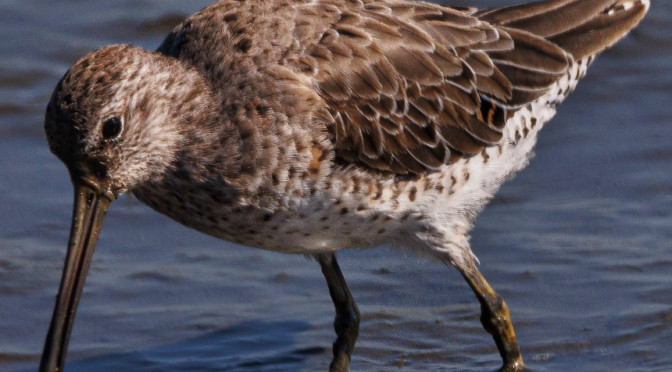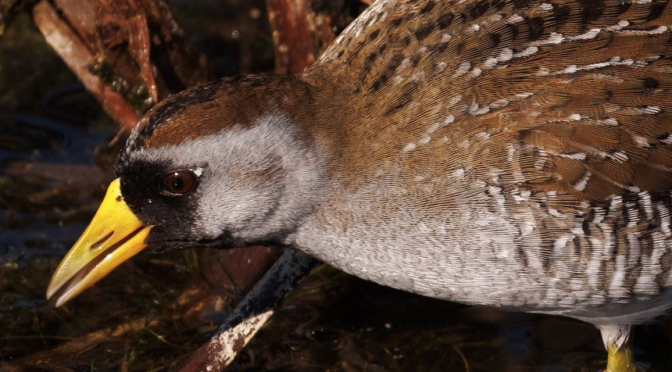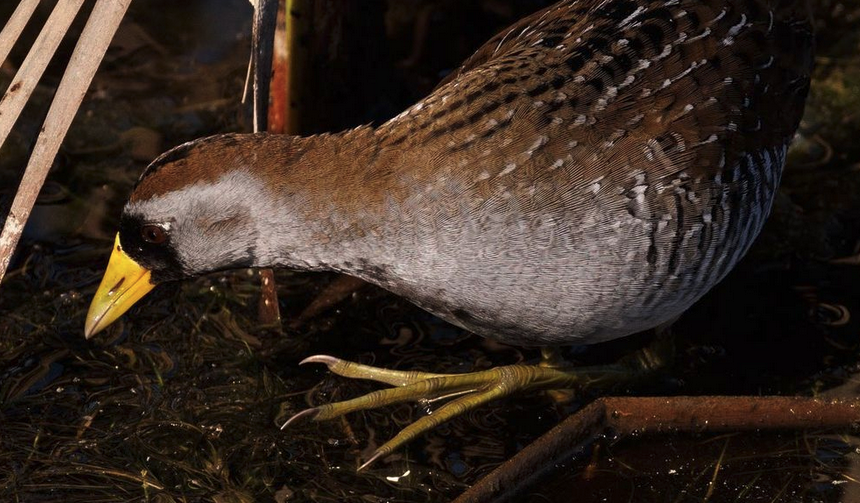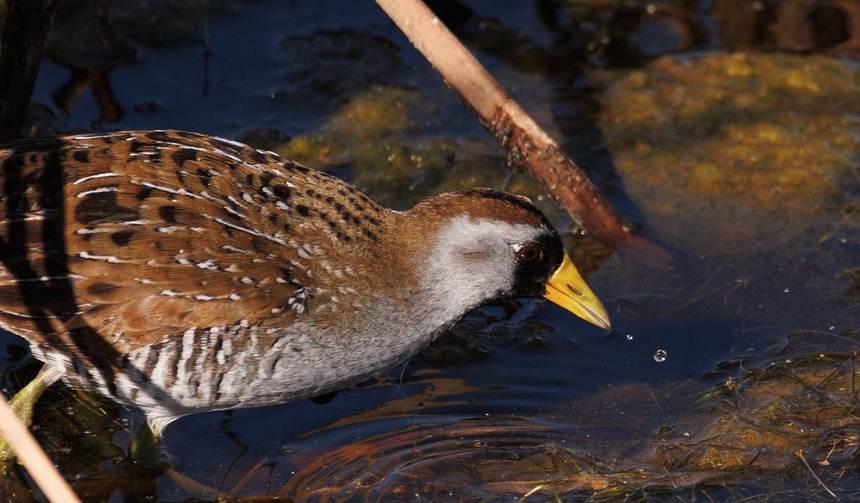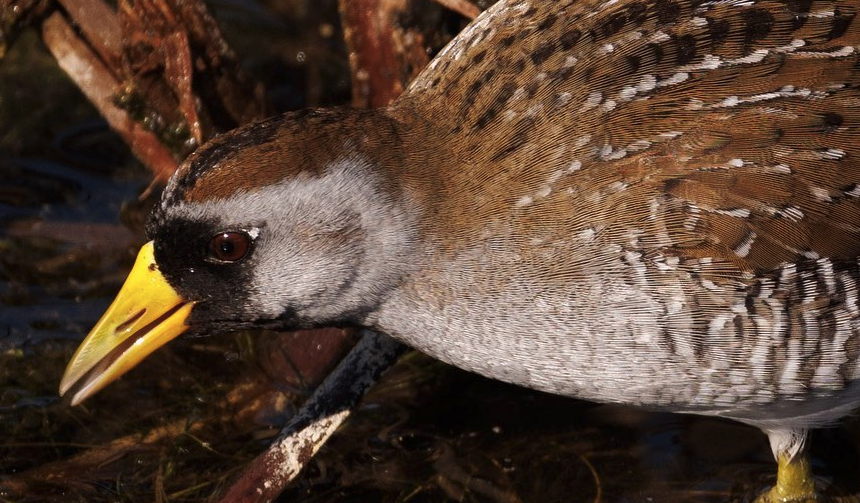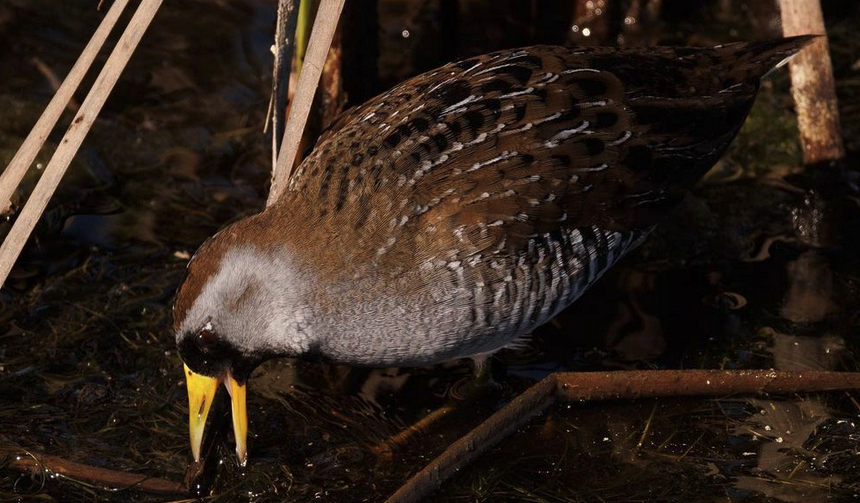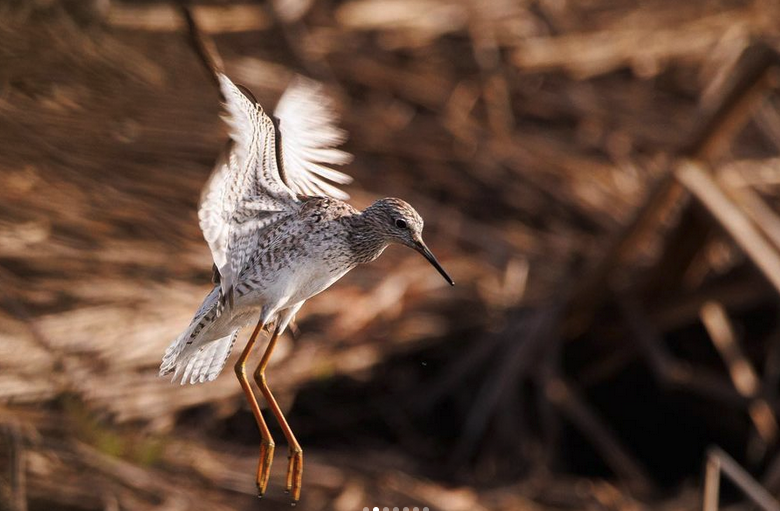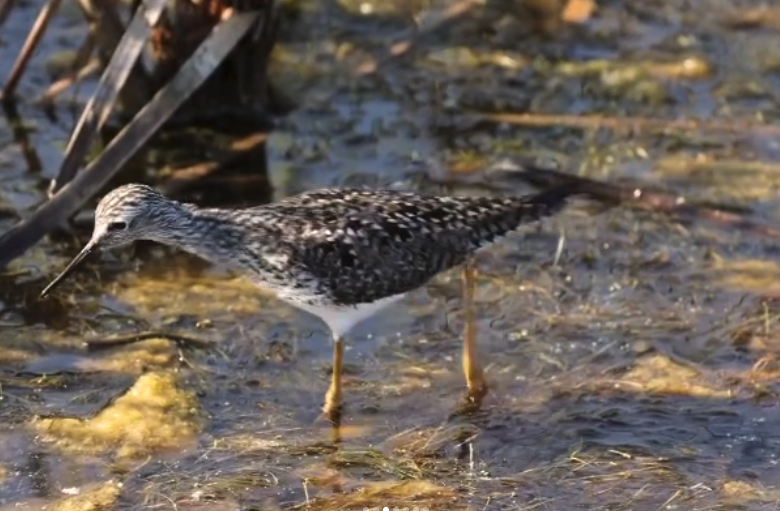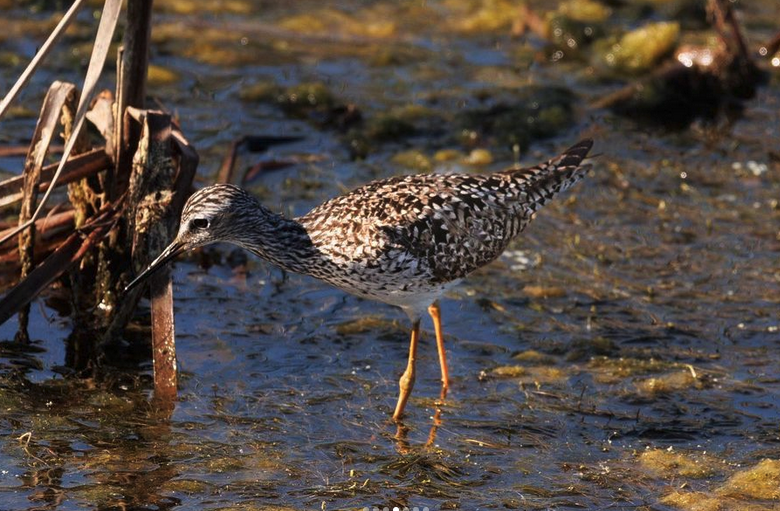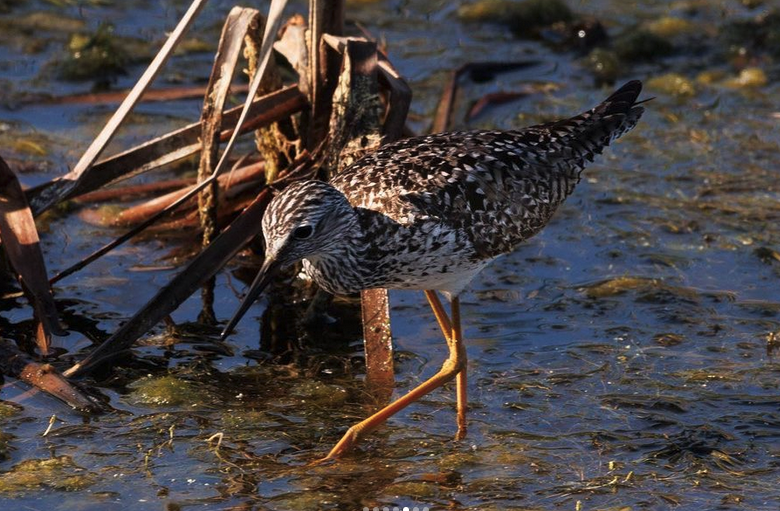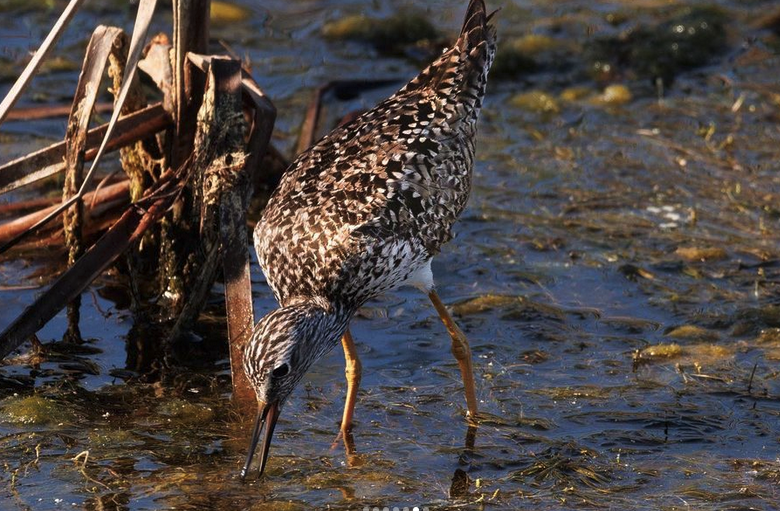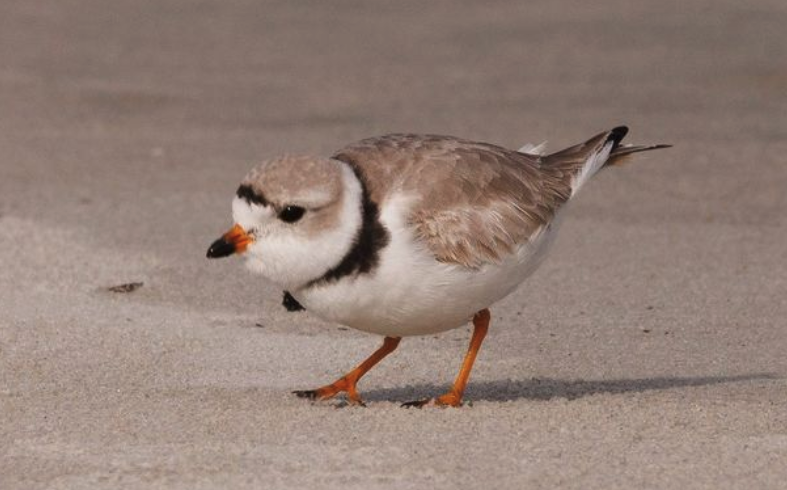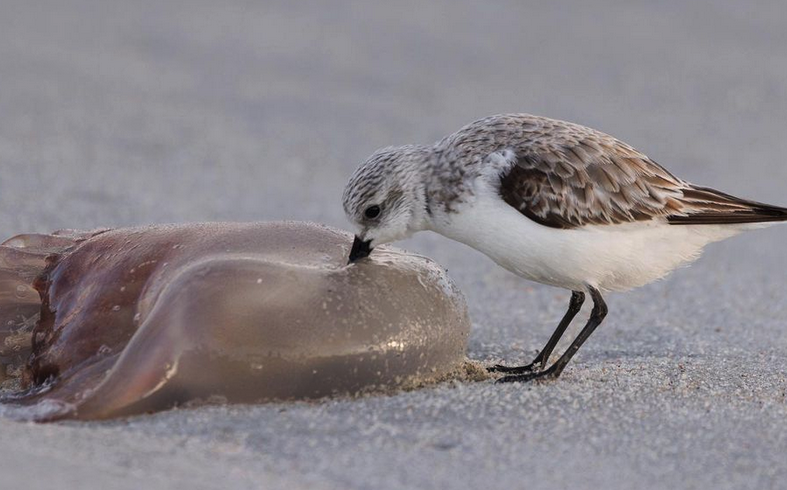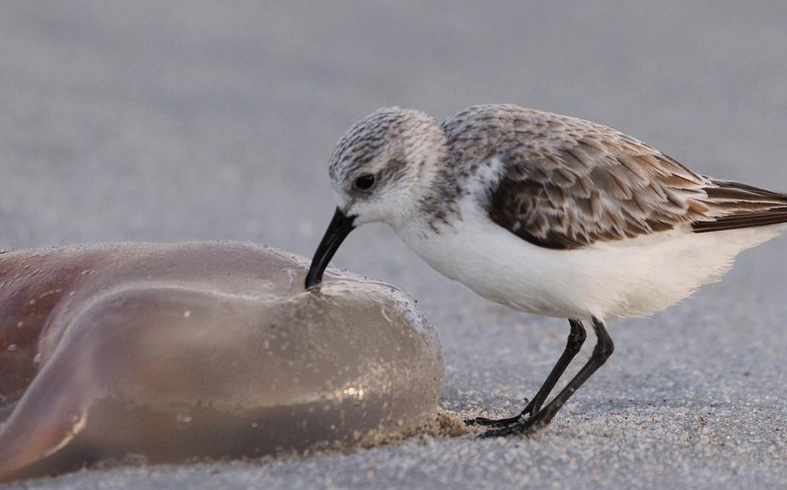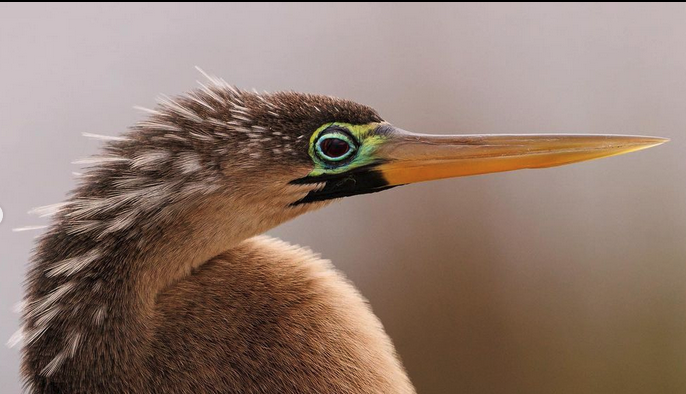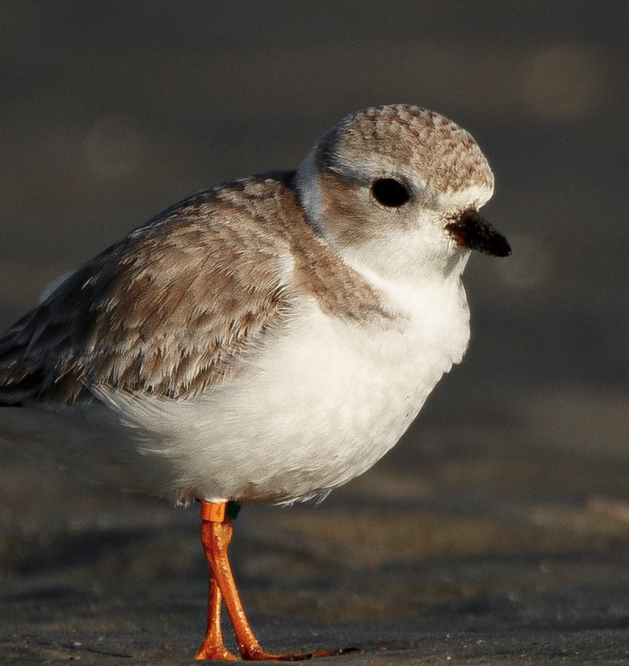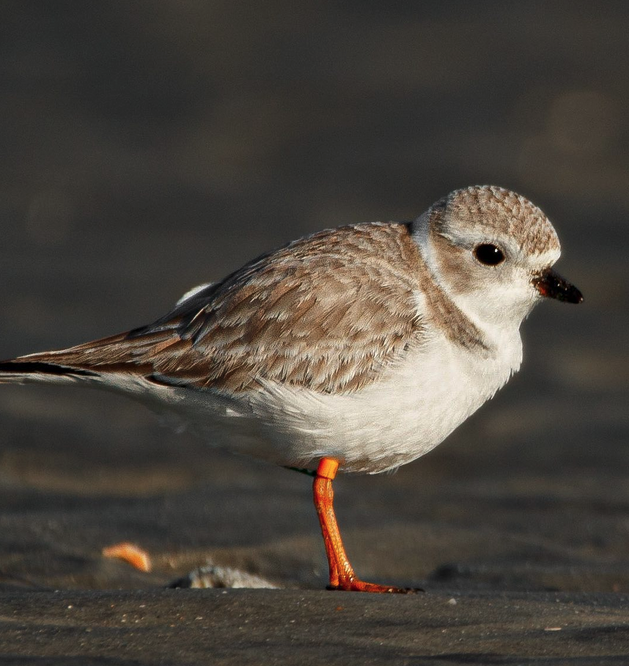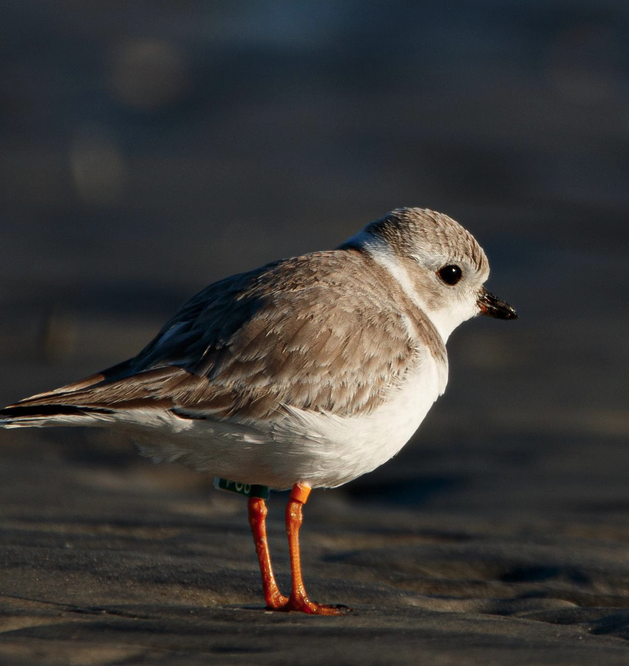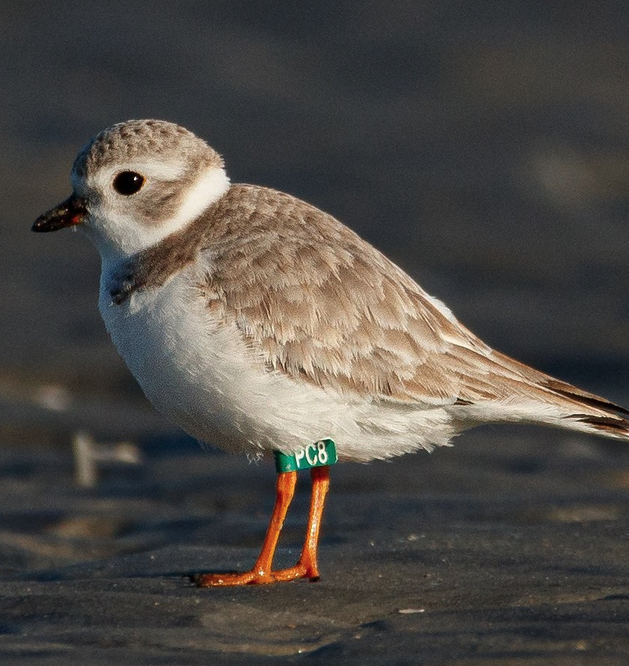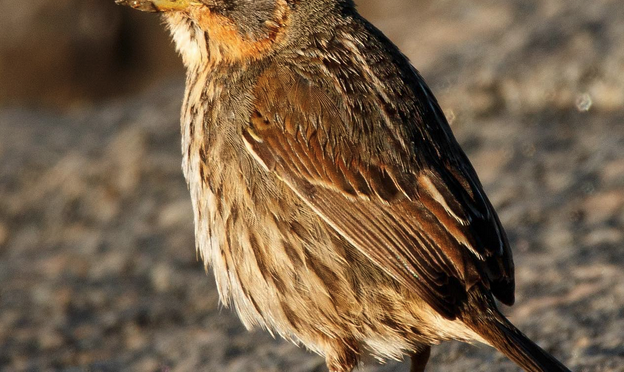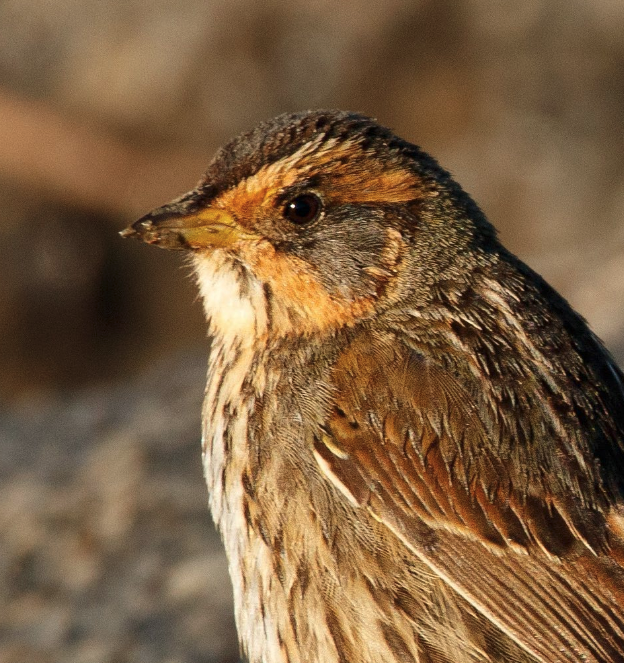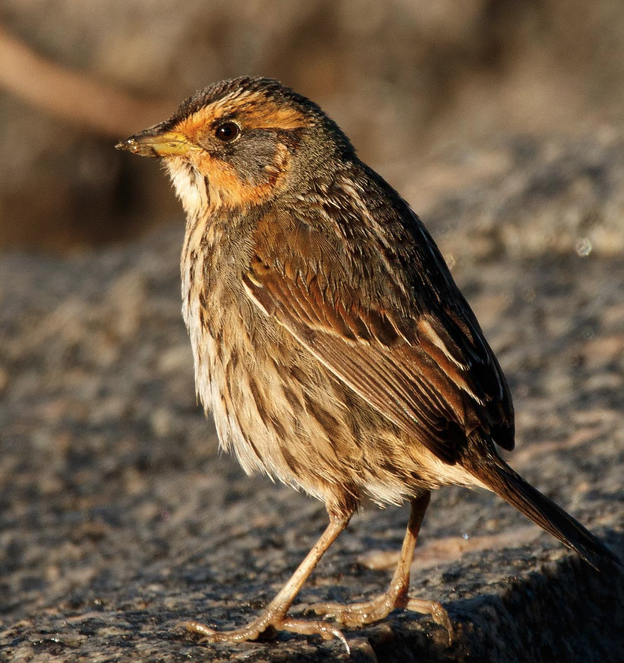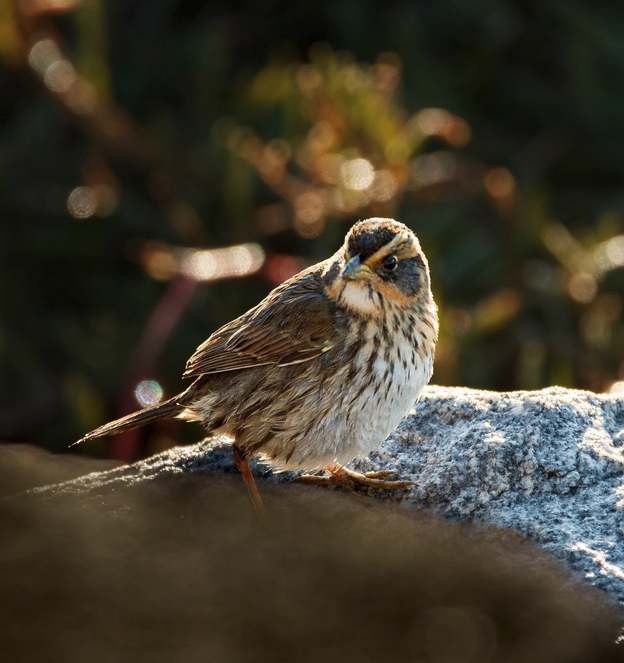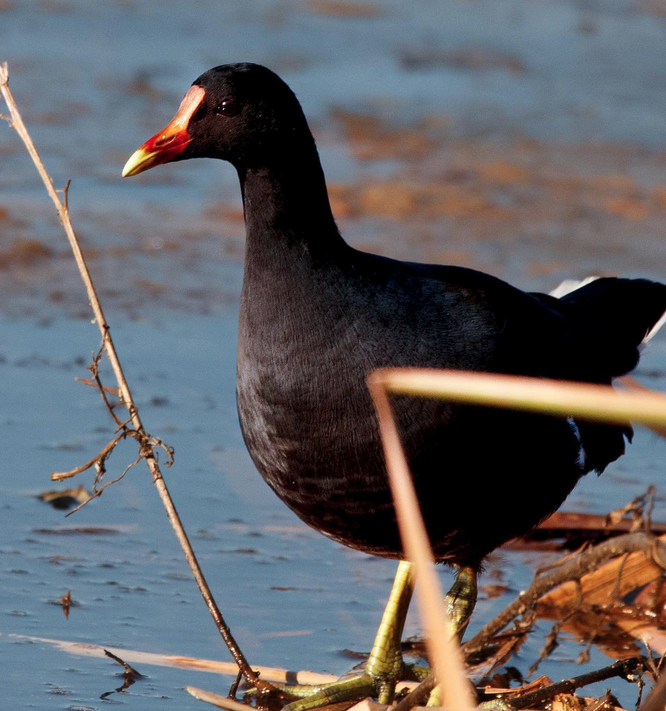Seeing one of these colorful birds is such a treat!
Although I’ve encountered Painted Buntings many times over the years, it never gets old. I spent a few minutes photographing this handsome fellow while on a recent birding trip to SC. Though the birds are brightly hued they can be a little reclusive behavior-wise which makes them a challenge to find. The easiest way to locate one is to listen for their high pitched buzzzzed zeeeep calls from ground level to about 20 ft in the brush.

Painted Buntings can be found in open areas along the far edge of the coastlines of the Carolinas (and throughout the southern states) catching grasshoppers, weevils and other beetles, caterpillars, bugs, spiders, snails, wasps and flies.During non-breeding months of early spring and late summer, they prefer to eat seeds, thus if you happen to live on the beaches or barrier islands of the Carolinas, Painted Buntings may become regular visitors to your backyard feeders.

By the way, as colorful as these birds are, their favorite seed is plain as can be lol!If you’d like to entice a visit from one of these feathered gems, fill your feeders with white millet, a seed that is commonly snubbed by other birds yet abundant in the most basic of mixed seed blends.How cool is that?!
Photos by @sally_siko of @bestlife_birding on my mighty mirrorless monster, the @canonusa #R5


